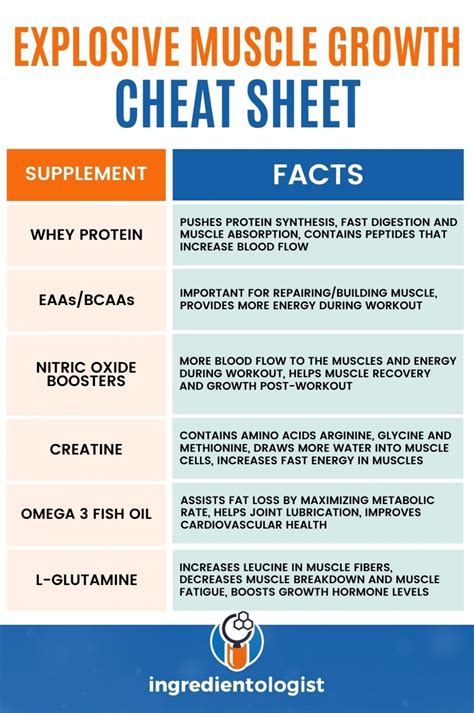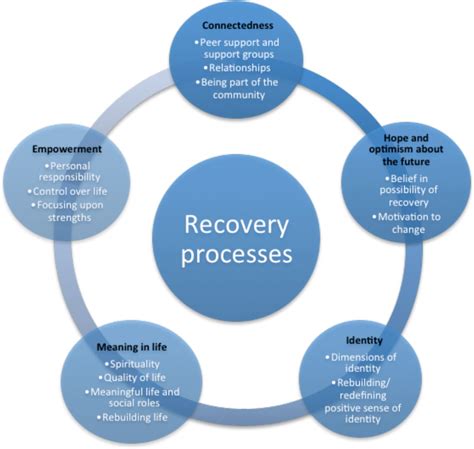Beyond reps: How to optimize progressive overload for explosive power & lean muscle?

Progressive overload is the fundamental principle driving all strength and muscle gains. Often, it’s narrowly defined as merely adding more weight or increasing rep counts. While these are certainly valid methods, true optimization for specific goals like explosive power and lean muscle mass requires a more nuanced, multi-faceted approach. It’s time to look beyond the basic rep scheme and unlock your full potential.
Understanding Progressive Overload Beyond the Basics
At its core, progressive overload means continually challenging your muscles to adapt by placing increasing demands on them. If you don’t continually challenge yourself, your body has no reason to get stronger or build more muscle. However, the ‘challenge’ doesn’t always have to come in the form of heavier weights or more repetitions. There are several powerful levers you can pull:
- Increased Load (Weight): The most common method, simply lifting heavier.
- Increased Volume: More sets or reps at a given weight.
- Increased Frequency: Training a muscle group more often.
- Decreased Rest Periods: Performing the same work in less time, increasing density.
- Improved Exercise Technique: Performing an exercise with better form or through a fuller range of motion.
- Increased Time Under Tension (TUT): Slower eccentric (lowering) phases or pauses.
- More Challenging Exercises: Progressing from easier variations (e.g., goblet squat to barbell back squat).
- Increased Velocity (for power): Moving a submaximal load with maximum intent and speed.

Unlocking Explosive Power: Velocity and Intent
Explosive power isn’t just about how much you can lift, but how quickly you can apply force. Optimizing progressive overload for power demands a shift in focus from purely external load to movement quality and speed.
Focus on Intent and Bar Speed
Even with heavy lifts, the *intent* to move the weight as fast as possible is crucial. While the actual bar speed might be slow on a heavy squat, trying to accelerate through the entire range of motion teaches your nervous system to fire more rapidly. Incorporate lifts where you can genuinely move the weight quickly, such as Olympic lifts, kettlebell swings, or medicine ball throws.
Embrace Plyometrics and Ballistics
Plyometric exercises (like box jumps, broad jumps, depth jumps) and ballistic movements (medicine ball slams, overhead throws) are fantastic for developing explosive power. They train your muscles to produce maximal force in minimal time, improving your rate of force development (RFD). Progress here by increasing jump height, distance, or the weight of the implement.
Strategic Deloads and Peaking
Power training is taxing on the nervous system. Implement periodized training cycles that include phases of higher intensity and lower volume, followed by deloads. This allows for supercompensation and ‘peaking’ for maximal power output when needed.

Building Lean Muscle: The Hypertrophy Blueprint
While power training prioritizes speed and neurological efficiency, lean muscle (hypertrophy) focuses on creating mechanical tension, metabolic stress, and muscle damage.
Mastering Time Under Tension (TUT)
Instead of just counting reps, focus on how long your muscles are under effective tension during a set. Slower, controlled eccentric phases (lowering the weight) significantly increase TUT and stimulate muscle growth. Pauses at the bottom or top of a movement can also intensify the stimulus.
Optimizing Training Volume and Density
For hypertrophy, adequate training volume (sets x reps x weight) per muscle group is critical. Experiment with increasing the number of sets, or by performing the same volume of work in less time (increased density by reducing rest periods). Shorter rest intervals (30-90 seconds) can enhance metabolic stress, a key driver of muscle growth.
Advanced Techniques for Growth
Once you’ve mastered the basics, incorporate advanced techniques to push past plateaus. Drop sets (reducing weight immediately to continue reps), supersets (performing two exercises back-to-back with no rest), rest-pause sets (brief rest within a set to squeeze out more reps), and forced reps (with a spotter’s help) can all amplify the hypertrophy stimulus.

The Synergy: How to Combine Power and Hypertrophy
You don’t have to choose between power and muscle. A well-designed program can optimize both.
Intelligent Program Design
- Undulating Periodization: Alternate between power-focused (lower reps, higher speed, longer rest) and hypertrophy-focused (moderate reps, controlled tempo, shorter rest) days within the same week.
- Block Periodization: Dedicate specific training blocks (e.g., 4-6 weeks) to either power or hypertrophy, allowing for more specialized training, then switch.
- Concurrent Training: Incorporate elements of both in the same workout. For example, start with a heavy, explosive lift (e.g., power cleans) followed by hypertrophy-focused accessory work (e.g., dumbbell rows with controlled eccentrics).
Recovery: The Unsung Hero
Optimized progressive overload is only effective if your body can recover and adapt. Prioritize sleep (7-9 hours), consume a nutrient-dense diet rich in protein, and manage stress. Without adequate recovery, increased training demands will lead to overtraining, not gains.

Practical Tips for Implementation
- Track Everything: Log your weights, reps, sets, rest times, and even your perceived effort. This data is invaluable for identifying areas for progressive overload.
- Listen to Your Body: Some days you’ll feel stronger than others. Adjust your training based on how you feel. Pushing too hard when fatigued can lead to injury.
- Seek Professional Guidance: If you’re unsure how to structure your program, consider working with a qualified strength and conditioning coach.
- Be Patient and Consistent: Adaptation takes time. Consistent, intelligent effort over weeks and months yields the best results.
Conclusion: A Holistic Path to Peak Performance
Moving beyond simply adding reps or weight transforms progressive overload from a basic principle into a sophisticated tool for athletic development. By intelligently manipulating variables like velocity, time under tension, training density, and recovery, you can build a robust physique that is not only lean and muscular but also explosively powerful. Embrace this multi-faceted approach, and you’ll redefine what’s possible in your fitness journey.










